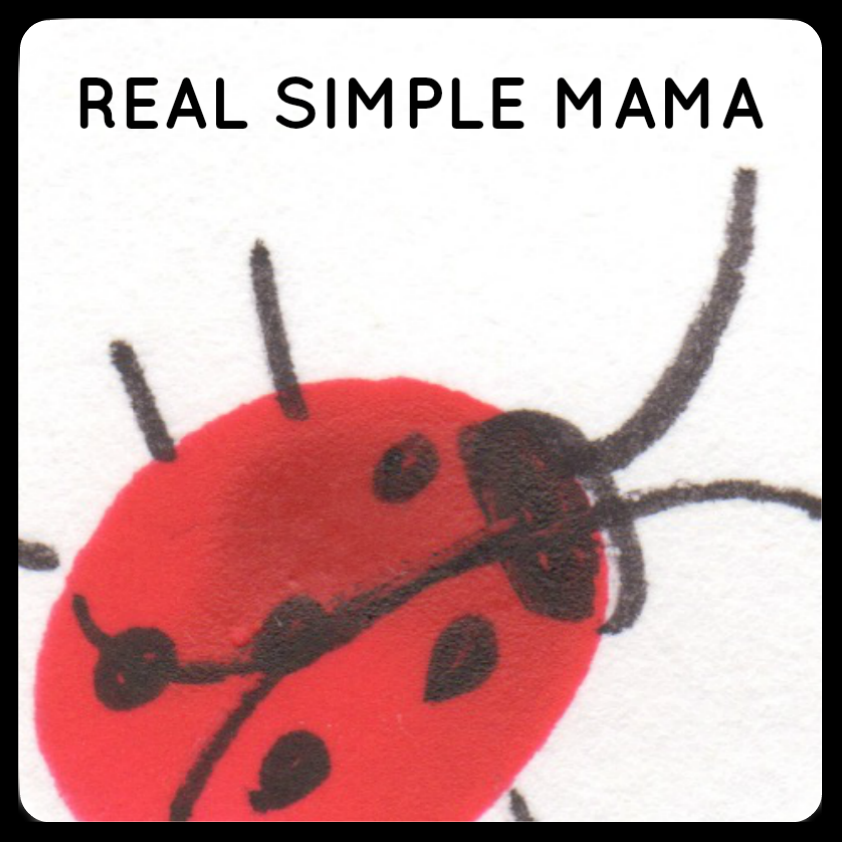Welcome to Real Simple Mama’s butterfly garden! This pollinator garden was started in spring 2020 (because what else can you do during a pandemic shut down other than dig in the dirt?!) and is now flourishing here in the Texas heat. Read on for a few quick tips and the list of residents in this certified pollinator garden.
RSM is in the United States zone 8b – what the heck does that mean?! Find your zone (based on climate) at www.usda.gov

When choosing plants for her pollinator garden, RSM looked for the following:
- Hardy perennials are plants who will be strong in the Texas dry heat, and live for years.
- Note that this hardiness is after the plant has been established for a few years, growing a strong deep root system. This does not mean that they will be super drought tolerant the first year they’re in the ground, for example. Plan to water them regularly for a year or so.
- Must benefit the local pollinators which include bees, hummingbirds, wasps, butterflies, etc.
- The various kinds of milkweeds, for example, have blooms that are food for pollinators but this plant is also the only food which a monarch caterpillar will eat! You can learn all about them here.
- RSM chose to plant the tallest and biggest plants in the back (farthest from the street), and the shorter plants in the front.
- Speaking of that, make sure you do research – will these plants thrive in your USDA zone? What is the full adult size of these plants? You need these answers to plant your own pollinator garden!
- RSM chose to buy these plants as small starters and let them grow into their new home, but you can also buy bigger established plants or seeds, or a combination.
- Finally, RSM likes to mix up various leaf shapes, leaf colors, bloom colors, etc. No two similar plants will be next to each other!

If you’d like to see RSM’s YouTube playlist of planty things, check out All Things Green here!
RSM’s Pollinator Garden Plants as of 2023:
- Mexican Bird of Paradise aka Pride of Barbados
- Tall, with towering blooms in red-orange-yellow
- Huge seed pods and easy to grow more!
- Will freeze to the ground in winter
- Chinese fringe flower
- Purple leaves and hot pink blooms
- Did have to be babied a bit more
- Normally don’t pick this for full sun, Zone 8b
- Flame Acanthus
- Big and bushy, mine is four feet tall and four feet across!
- You can such the nectar out of the flowers!
- It will spread over time so be prepared for little babies to pop up everywhere
- Bougainvillea (various)
- Love to be ignored – don’t water them until they’re wilting
- Blooms are gorgeous, all kinds of pink and purple and red
- Do have thorns so be careful!
- Esperanza
- One of the best hardy perennials for Texas (I’m Zone 8B USDA)
- Can grow over six feet tall!
- The yellow bells is the hardiest to me, will grow bigger and bloom more
- Tropical butterfly milkweed
- Named because it seeps a white milky substance if injured
- Does well in the dry heat
- Only plant that monarch caterpillars will eat (learn more with RSM here!)

- Plumbago
- Grows a bit scraggly, up and out all over the place
- Comes in light blue or white blooms
- Seeds are sticky!
- Hibiscus (various)
- Tropical plants so hate the cold
- Leaves turn yellow if they get too much water
- Also an excellent source of calcium!
- Salvia greggii
- Will only grow about 2’ tall
- Extremely drought resistant once established
- Small blooms in various colors
- Mexican bush sage
- Velvety thin leaves and lavender blooms that are stacking
- Will grow up to two or three feet tall and spread horizontally
- Incredibly drought and freeze resistant
- Lantana (various)
- Love the heat! Small flowers in all kinds of great colors
- Woody stems that can trail the ground or grow up as a bush (depends on variety)
- Lots of animals will not eat these leaves because they’re rough and smell bad!
And lastly, here’s the video tour of this gorgeous self-sustaining pollinator garden! Thanks for watching!









I'd love to hear from you!